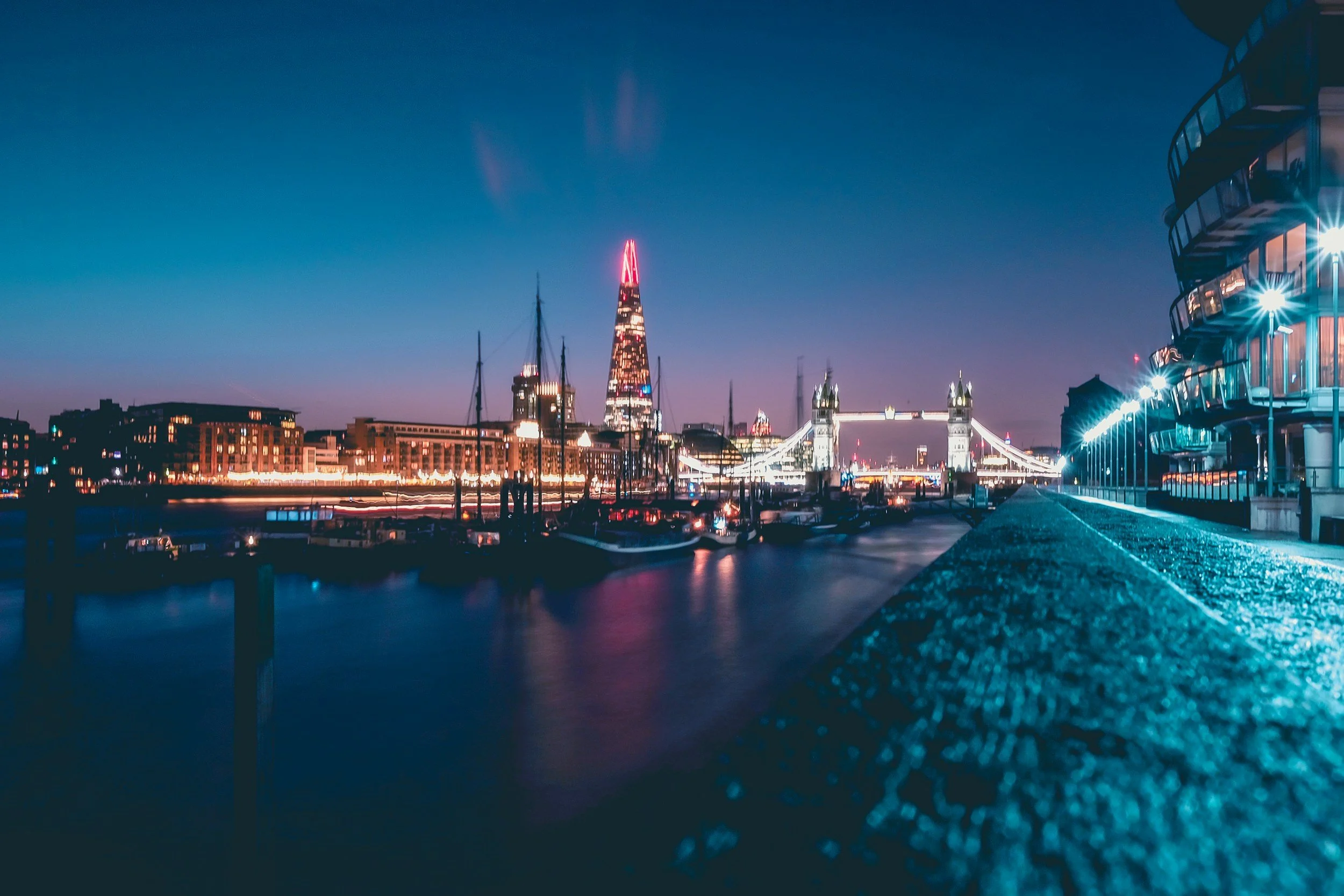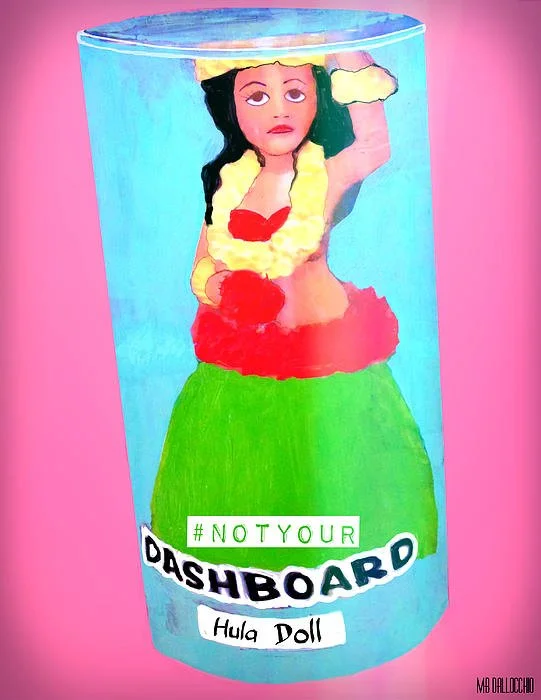When Culture Becomes Commodity: The Art World's Tokenism Problem
The Trap of Indigenous Cosplay in the Art World and a Call for Authentic Representation
Art is more than an aesthetic. It is a reflection of identity, a living document of our collective and individual stories, and a way to honor the cultures and histories that shape us. For Indigenous cultures in particular, art serves as a vessel to preserve, celebrate, and share traditions, languages, and lived experiences that have endured erasure, colonization, and commodification. Yet, in the contemporary art world, a troubling pattern persists. Institutions, galleries, and collectors often elevate artists who trade in performative or superficial renditions of culture—not because their work represents truth, but because it sells with a thin veneer of perceived authenticity.
This phenomenon raises urgent questions about authenticity, representation, and the broader systems that drive the art world. Why are artists with tenuous or surface-level connections to the cultures they claim to represent regularly given platforms, while those rooted in lived experience are sidelined? And what does it mean when colonized Indigenous cultures are reduced to glossy commodities for easy consumption?
These are not abstract questions. They directly impact the way audiences perceive cultures, the opportunities afforded to authentic creators, and how Indigenous identities are shaped in the global imagination. It’s time to examine how performative representation feeds into this cycle and to advocate for change.
The Problem with Performative Representation
Taga Beach, Tinian (CNMI)
The art world’s emphasis on marketability leads to a dangerous trend of reducing complex cultures into easily digestible symbols. Paintings, installations, and performances that lack depth or understanding often find favor in spaces that prioritize spectacle over sincerity. Indigenous cultures - particularly Pacific Islanders and Native Americans - with their rich visual and symbolic languages, are especially vulnerable to this form of commodification.
Performative representation comes in many forms. It might look like aestheticizing cultural motifs without understanding their meaning or significance. It might involve amplifying an artist who has little connection to the culture they claim but presents themselves in ways the art world finds trendy or provocative. Often, it is wrapped in the language of advocacy or visibility, but beneath the surface, it turns culture into an asset to be leveraged rather than a heritage to be honored.
This shallow engagement harms more than just the communities being appropriated. Audiences are exposed to distorted versions of Indigenous culture, losing the opportunity to experience work that is rooted in authenticity. Meanwhile, Indigenous artists with deep ties to their culture often struggle for recognition, their voices drowned out by louder, more sensationalized portrayals that are trivialized by a well-paid marketing team.
A Lesson in Cultural Respect
Several years ago, I extended what I thought to be a meaningful gesture. After one of her exhibitions in London, I invited a fellow Chamorro artist and rising figure in the art world, along with her family, to join my family for dinner. Her mother had reached out and wanted to meet up, so we organized the dinner at my husband’s hotel restaurant overlooking the Thames. It felt like an opportunity to bridge connections, to share authentic traditions, and to offer support to someone whose work was gaining global attention but still had much to learn about our shared heritage. Her mother and cousin were warm and appreciative of the invitation. She, on the other hand, had brought with her an air of disdain I couldn’t quite anticipate.
During the evening, her family asked for something very personal and sacred in our culture: Indigenous Chamorro readings based on their birth chart. This is not a trivial ask. It requires mental energy, spiritual focus, and ancestral wisdom, drawn from years of learning and life spent within the fabric of Chamorro culture. To oblige and share these readings is an act of generosity and connection, a deeply rooted tradition that deserves acknowledgment and reciprocity. Yet not only was this service received without even a mention of gratitude or an offer to compensate for the gesture, but my family also absorbed the cost of the dinner. What was customary in our culture—to show respect by contributing or gifting in return—never crossed her or her family's mind.
When the evening drew to a close and we were taking photos, she turned to me and, without skipping a beat, asked, “Oh, photography, is that what you do?” Her tone was coiled with mockery, an arrogant dismissal thinly veiled as idle questioning. Taken aback but choosing not to confront her smugness directly, I simply smiled and said, “No, I do a lot more than photography, my dear,” though her condescending laughter lingered in the air. Days later, another artist connected to her followed up with a similarly smirking comment, as if my work was somehow beneath consideration. Again, the word “photography” was weaponized as if it were all I was capable of - and if it was my sole medium, there was no need for insult. What had begun as a meal to share and support had revealed a disheartening truth about the disconnect between surface representation and true cultural grounding.
Experiences like this are not isolated. They illustrate the subtle harm caused by performative connectedness and the arrogance that can blossom in its wake. Considering such artists have posited themselves as cultural custodians of the Pacific, the arrogance was more on-brand with the colonial hubris they so claim to fight.
These moments of dismissal and disregard compound the broader frustrations of Indigenous artists who are deeply rooted in their heritage. Not only do they distort authentic traditions and culture, but they also feed narratives that reduce us to tokens or props posited as one-dimensional nude figures adorned with flowers, our complex identities caricatured by those claiming to champion our stories. When artists with tenuous connections to their heritage claim to speak for us, but disregard the very values and customs they purport to uplift, they become agents of harm rather than allies of representation. And the art world allows this harm to persist.
This story isn’t about harboring grudges; it’s about recognizing patterns that are all too familiar to Indigenous people navigating spaces that demand authenticity but rarely reward it. It’s about understanding the difference between living and embodying a culture and simply draping oneself in it for accolades. Until the art world learns to respect not just the aesthetics of culture but the values, perspectives, and lived experiences that define it, these encounters will remain an all-too-common reminder of how much work we have left to do.
The Importance of Lived Experience in Art
Saipan, with Mañagaha Island in the background
Genuine representation in art begins with lived experience. For artists from Indigenous communities, this means not just a connection to their heritage but an active relationship with it. Speaking the language, participating in community life, and embodying cultural values all contribute to a more nuanced, respectful, and authentic practice.
Lived experience brings depth to art. It moves beyond surface aesthetics and into the realm of storytelling, where symbols have meaning, and narratives are grounded in truth. It allows artists to create work that not only reflects their culture but engages with it critically and lovingly, offering new perspectives while honoring tradition.
When the art world bypasses this depth, it misses an opportunity to uplift voices that can transform conversations around culture, identity, and history. Worse, it risks perpetuating harmful stereotypes and further alienating those for whom these cultures are not abstract concepts, but lives lived.
The Role of the Art World in Perpetuating Tokenism
“Not Your Dashboard Hula Doll“ M.B. Dallocchio (2014)
The elevation of performative representation is not an accident. It is a symptom of systemic issues within the art world. Institutions, galleries, and collectors often operate within frameworks that value visibility, exploitation, and profit over integrity and depth. They are drawn to spectacle and stories that fit a convenient narrative, even if those stories do not hold up under scrutiny.
Rather than taking the time to identify and support artists with deep, authentic connections to their culture, the art world frequently opts for what is easiest to market. This not only tokenizes Indigenous artists but also distorts their cultures, presenting them as relics, trends, or exotic curiosities rather than living, evolving identities.
Tokenism, masquerading as representation, perpetuates a sinister form of erasure that feeds into the machinery of institutional genocide for historically marginalized ethnic groups like Pacific Islanders. By elevating a select few voices while silencing the vast spectrum of lived experiences, tokenism replaces authenticity with a hollow caricature, reducing rich, dynamic cultures into stagnant, palatable stereotypes. This deliberate oversimplification anchors harmful narratives, enabling systems of power to ignore the systemic challenges these groups face, from climate injustice to socio-economic oppression. Tokenism thus becomes a tool of cultural sterilization, dismantling identities piece by piece, until the vibrant legacies of entire peoples are reduced to little more than footnotes in history.
A Way Forward: Advocating for Authentic Representation
Photo by Vijesh Datt
The responsibility to address these issues does not rest solely on Indigenous artists. It is a collective challenge that requires action from all corners of the art world—from curators and critics to audiences and institutions. Here’s how we can begin to create meaningful change:
Elevate Genuine Voices
Institutions must prioritize artists with authentic connections to their cultures. This includes seeking out creators who actively engage with their heritage and communities, rather than merely adopting aesthetic elements for their work and exploiting it for profit and social capital.Commit to Cultural Context
Art should be contextualized within the broader history, language, and traditions of the culture it represents. Curators and critics can play a key role in providing this context, ensuring that audiences engage deeply with the work.Challenge Performative Representation
The art world must become more critical of work that uses culture as a costume or commodity. Questioning how and why certain artists are elevated over others is an essential step in dismantling tokenism.Create Platforms for Underrepresented Artists
Indigenous artists with lived experience often lack access to the networks and resources available to others. Developing mentorship programs, grants, and exhibition opportunities specifically for these artists can help level the playing field.Educate Audiences
Audiences have a role to play as well. By seeking out and supporting work from authentic voices, they can push the art world to elevate meaningful, representative art.
For What It’s Worth…
This critique is not about gatekeeping or denying anyone the right to explore their heritage or artistic practice. It is, instead, a call to honor the complexities of culture and identity. The art world has a responsibility to do better—not only for Indigenous artists from colonized lands but for the audiences and communities it serves. By shifting the focus from performative representation to authenticity, we can create a space where art becomes a true reflection of human experience, rather than a shadow of it.
For institutions, the question should not be, “What will sell?” but, “What will honor the truth?” For artists, it should not be, “How can I appear connected to this?” but, “How can I reflect my lived experience with integrity?” And for all of us, it should not be, “What’s easy to consume?” but, “What’s worth understanding?”
Representation matters. But it only matters when it is authentic. It’s time for the art world to recognize that real stories, spoken with real voices, are what truly deserve to be seen, celebrated, and preserved.





